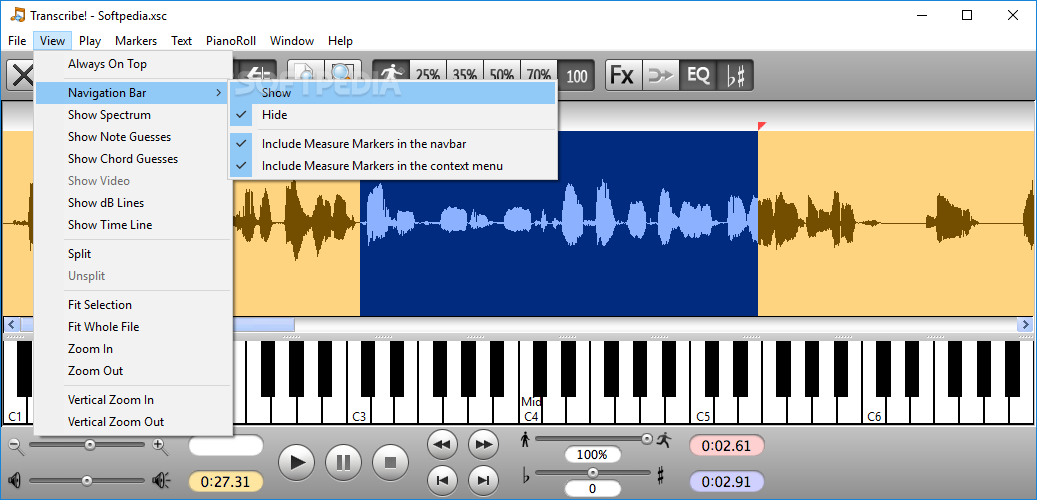

For example, if you transcribe an interview between two people, there will be a Speaker A and a Speaker B, and each one will have a corresponding transcription.

Transcribing this data into a meaningful text is no easy task.ĪssemblyAI is a deep learning company that aims at solving the speech-to-text problem. If you’ve ever played with audio files in machine learning projects, you may probably know that voice data is very complex to work with: the sound may be corrupt, there could be background music or acoustic noise, the volume may be low, multiple sounds can be interfering, people could be often using inaudible utterances such as “uh, um, uh-huh, hmm” or stop from speaking at all, at multiple times. It’s a technical task that combines, on top of deep learning, fine-grained knowledge of linguistics, and signal processing. Training a powerful speech-to-text model isn’t only a matter of powerful resources and days of training. 🔍 1 - What is AssemblyAI and what problems does it solve? Without much further ado, let’s have a look. Then, I’ll show you a simple use-case in which we integrate AssemblyAI in a Streamit application to transcribe Youtube videos. In this post, I’ll introduce you to AssemblyAI, what it does, what core features it encompasses and why I think it’s a powerful solution for speech-to-text. While benchmarking different solutions, my choice was finally set on AssemblyAI. To that end, I decided to move towards using an API. I needed to integrate it as quickly as possible and, given my small experience in the speech processing area, I didn’t have time to train a model. Quite frankly, I was disappointed with the results and moved on.Ī couple of weeks ago, I started a small personal project that involved a speech-to-text component. The only time I did was when I tried the DeepSpeech model on some mp3 tracks. In the “Home” tab, click the arrow next to “Dictate” and then select “Transcribe” from the menu that appears.I never really had the opportunity to experiment with audio files when working on machine learning projects. If you already have an audio file that you want to transcribe, you can upload it to Word. Once selected, the audio recording and the content of the transcript will appear in the document. When you’re finished editing the transcript, you can add it to the document by selecting the “Add All To Document” button at the bottom of the pane. Here’s the function of each button, from left to right: This is necessary if the transcript is long, and you can’t remember exactly who said what. If necessary, you can use the playback controls to revisit the audio recording.

You can also edit the name of the speaker, as well as every instance where the speaker (i.e., Speaker 1 or Speaker 2) appears by ticking the box next to “Change All Speaker.” When you’re finished, click the checkmark. Now you can edit the transcription found in this section.


 0 kommentar(er)
0 kommentar(er)
